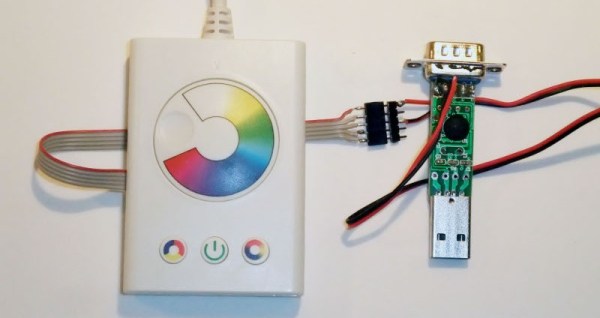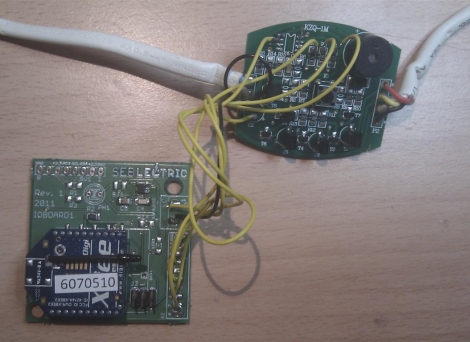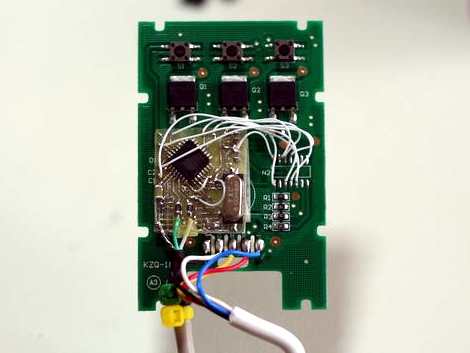![]()
Want to get a hold of a gaming controller attachment for iOS at a rock bottom price? [Dark GOD] learned that Amazon is closing out the Gameloft DUO Gamer hardware for $6 because the hardware is no longer supported by the operating system. He shows how to make it work using a Cydia app. [Thanks ProMan]
[Frank Zhao] had a cheap HDMI switch which had problems with a sagging power rail. His solution was to hack in a USB port to inject some power.
This security hack uses an Arduino with LCD screen to display a QR code. Scan it with an Android device and you no longer need keys! Here’s the code repo and a demo video.
It’s interesting to see how many places the WS28xx pixels are popping up. Here’s a crowdfunding campaign that uses a matrix of the pixels as a portable gaming display. Look somewhat familiar? We’ve seen [Retro Brad’s] earlier hardware (made to play Super Pixel Bros.) that used an LED module instead. This is probably a lot easier to drive since it uses serial data instead of multiplexing.
Next is some robot building inspiration. [IronJungle] has been hard at work building a rover that uses compass bearings for navigation.
We liked seeing a drop-in replacment uC for Ikea Dioder projects, but if you need more power under the hood, take command of those colored lights with a Raspberry Pi.
Those lucky enough to have access to a laser cutter will find this Inkscape extension for living hinges useful.
Finally, POTUS threw down the gauntlet, encouraging everyone to learn how to program by pointing them toward the Hour of Code program. We’ve long thought that everyone should have some level of coding education. Do you agree with us? Of course, getting something like this into schools is a monumental challenge, so it’s nice to see extra-curricular offerings. We also believe that Hackerspaces are among the best driving forces for getting kids a tech education. [via Adafruit]


















